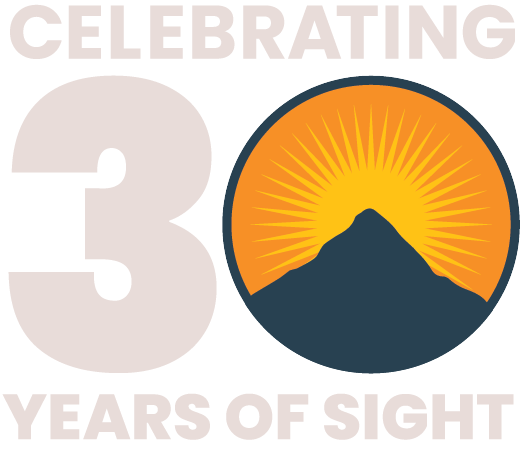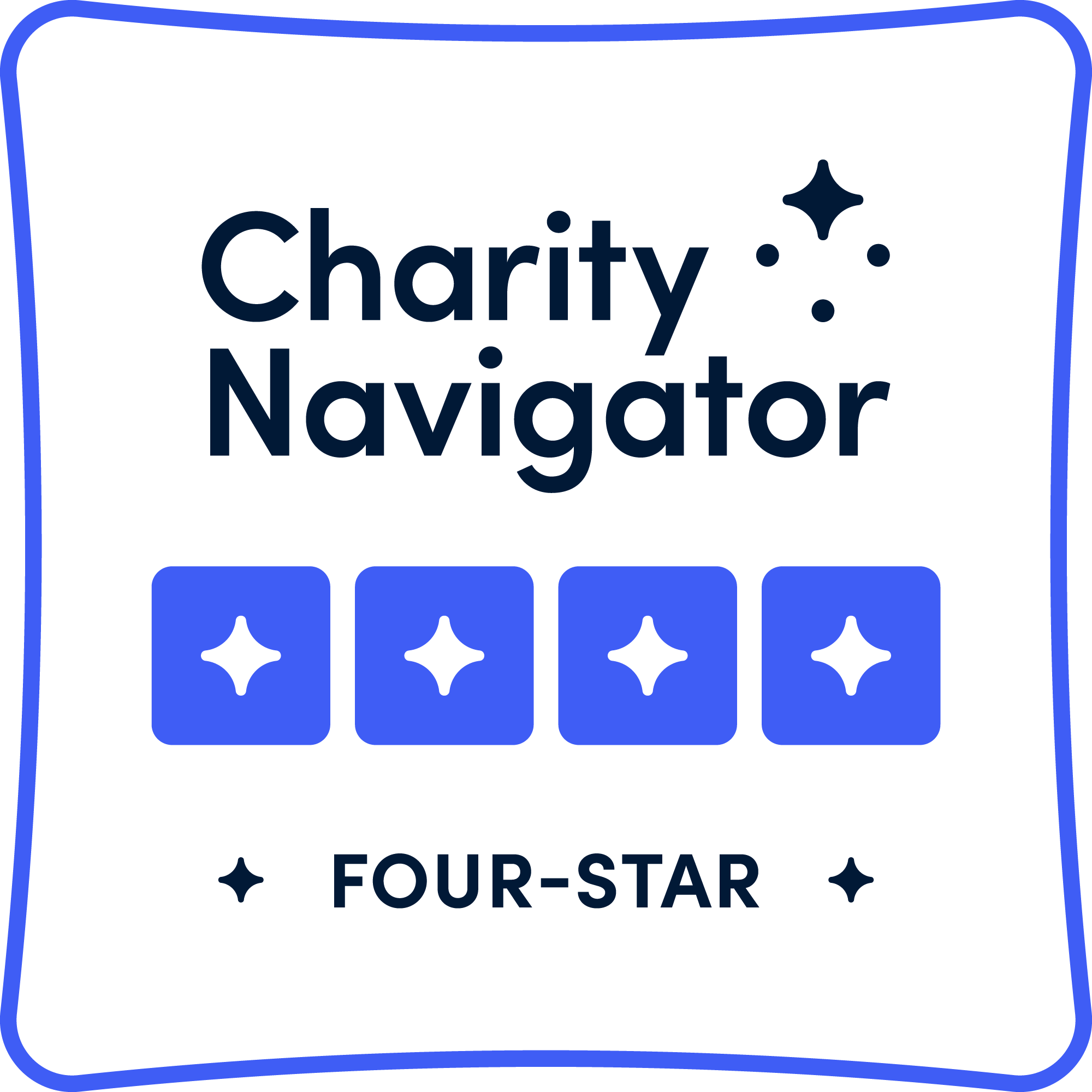Applying the Cataract Model to Oculoplastics

HCP supported an oculoplastics surgical workshop at Menelik II Hospital in Addis Ababa, Ethiopia with master trainer Dr. Rohit Saiju from Nepal, Dr. Meseret Ejigu from Ethiopia, and Dr. Anya Gushchin from the United States. Taking lessons learned from high-volume cataract care where pre-screened patients are gathered in order to deliver high-volume, high-quality, efficient care, the workshop was intended to provide specialized surgical care for those suffering from Dacryocystitis – a neglected and painful condition.
Dacryocystorhinostomies is an infection of the lacrimal sac, secondary to obstruction of the nasolacrimal duct at the junction of lacrimal sac. The term derives from the Greek dákryon (tear), cysta (sac), and -itis (inflammation). It causes pain, redness, and swelling over the inner aspect of the lower eyelid and epiphora. Given the shortage of Ethiopian ophthalmologists trained in oculoplastics, there is a large backlog of patients who go untreated.
Over the course of two weeks, the surgical team provided an impressive 200 dacrocyctorhinostomies (DCRs). DCR is a surgical procedure to restore the flow of tears into the nose from the lacrimal sac when the nasolacrimal duct does not function. Two hundred DCRs is very high-volume and represents a unique approach to oculoplastics care in the developing world. During the event, the experienced surgeons provided training for young doctors, generating interest in a country with a shortage of oculoplastic surgeons.




